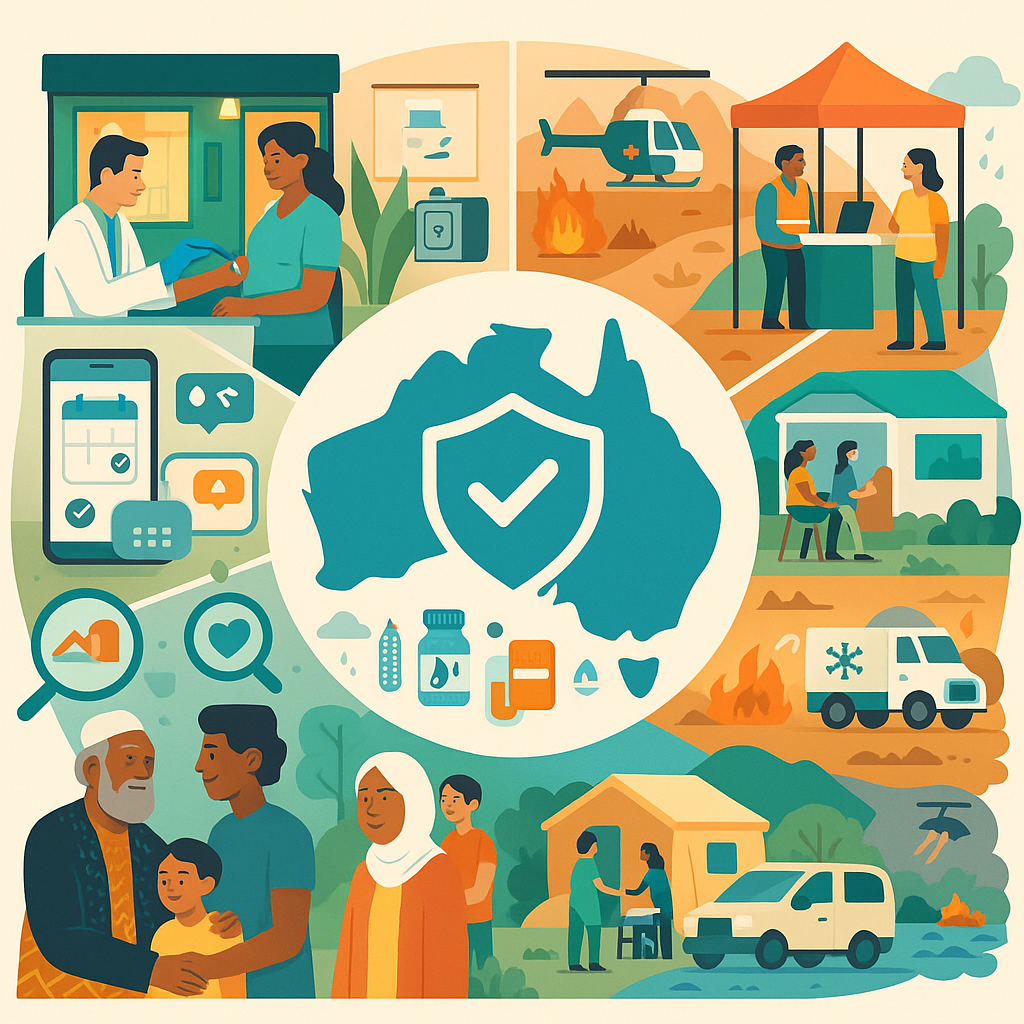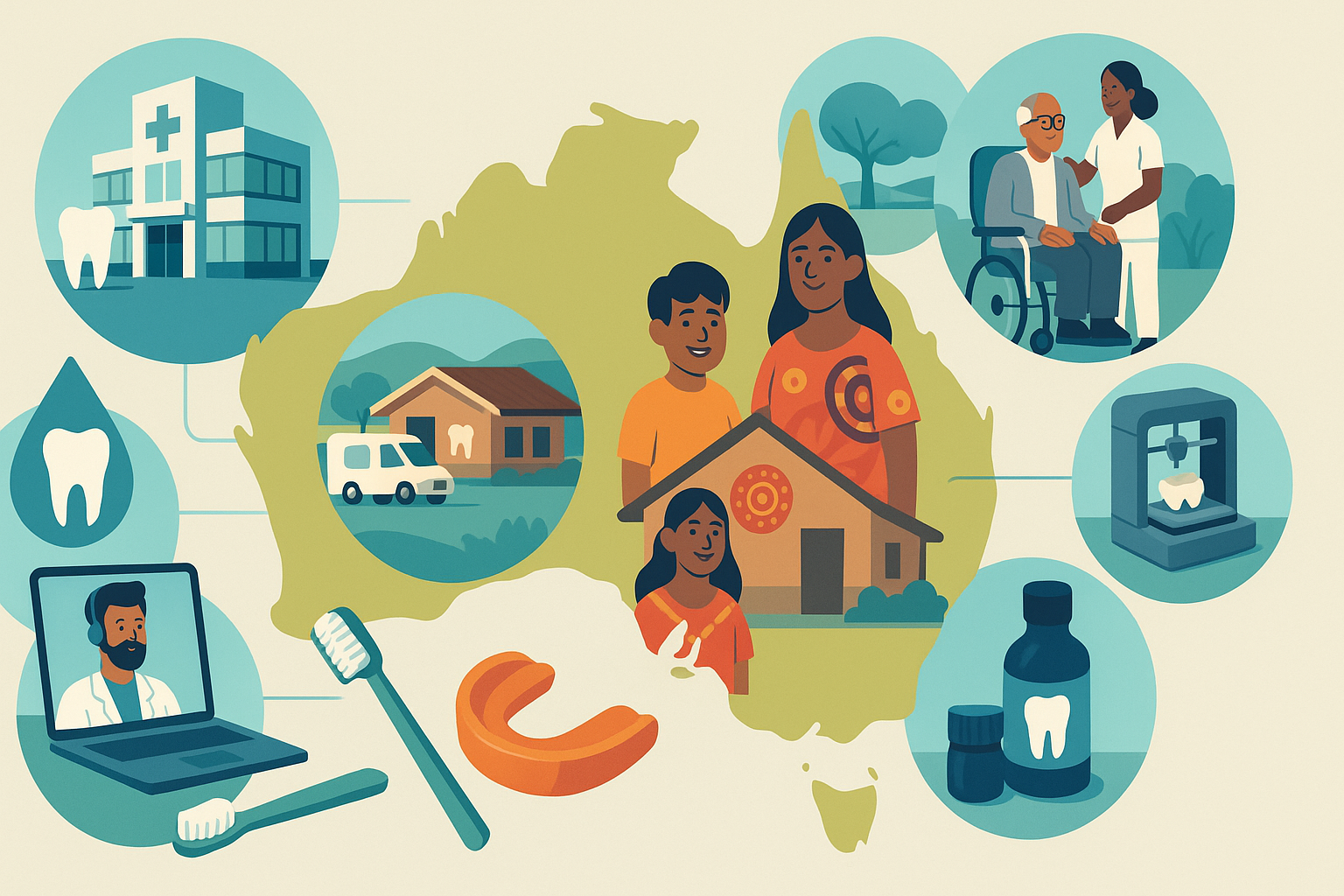Australia’s vaccination program works because policy, data, and delivery align. The National Immunisation Program provides funded vaccines across the life course, and ATAGI translates emerging evidence into practical schedules. The TGA ensures that products meet strict standards, while procurement and distribution secure reliable supply. Together these pieces create a predictable environment for clinics and the public alike.
Data glue everything together. The Australian Immunisation Register captures immunisation events from birth through adulthood. Providers submit records electronically, enabling reminder-recall, eligibility checks for funded doses, and sophisticated coverage analytics. Those insights illuminate pockets of under-immunisation, guide targeted outreach, and support procurement decisions. Without this national register, Australia would be navigating blind.
Delivery is designed to meet people where they are. General practices remain the backbone of childhood vaccination, while community health services and Aboriginal Community Controlled Health Services provide culturally safe access. School-based programs reach adolescents efficiently, particularly for HPV. Pharmacies have become increasingly important for adult and seasonal vaccines, offering extended hours and walk-in convenience that reduces friction for busy patients.
Cold-chain integrity is a constant priority. Vaccines need storage at 2–8°C, with temperature excursions risking wastage or reduced potency. Clinics rely on purpose-built fridges, data loggers, and staff training, while distributors use insulated packaging and route planning that accounts for distance and climate. During heatwaves or transport delays, contingency protocols and local stock buffers limit disruptions.
Communication is both science and craft. Most Australians accept vaccination, yet hesitancy can arise from concerns about safety, side effects, or necessity. Effective responses highlight transparent evidence, contextualize risk, and acknowledge uncertainty without alarm. Clinicians benefit from decision aids, clear talking points, and referral pathways for complex queries. Public campaigns function best when coordinated across jurisdictions, avoiding mixed messages.
The COVID-19 experience acted as an accelerant. Mass vaccination hubs, pop-up clinics, drive-throughs, and pharmacy participation proved that convenience drives uptake. Digital booking platforms and real-time availability maps nudged people from intention to action. Active safety surveillance—via systems that prompt post-vaccination check-ins—showed how rapid signal detection can coexist with large-scale rollout.
Equity is the unfinished business. Remote communities face travel barriers and unstable staffing. First Nations families may prefer care delivered by trusted local services with culturally safe approaches. Newly arrived migrants require catch-up schedules, interpreter support, and clarity about access to funded vaccines. Small, sustained investments—a mobile clinic here, a bilingual navigator there—often deliver outsized gains.
Australia’s program remains strong because it evolves. Schedule changes for pneumococcal or pertussis, updates to influenza strains, and potential additions like RSV for older adults are assessed through the same evidence-informed lens. The challenge is to embed adult vaccination as routine primary care, not an occasional task tied to travel or pandemics. With policy coherence, robust data, and user-friendly delivery, Australia can keep vaccine-preventable diseases uncommon while lifting protection in every postcode.



